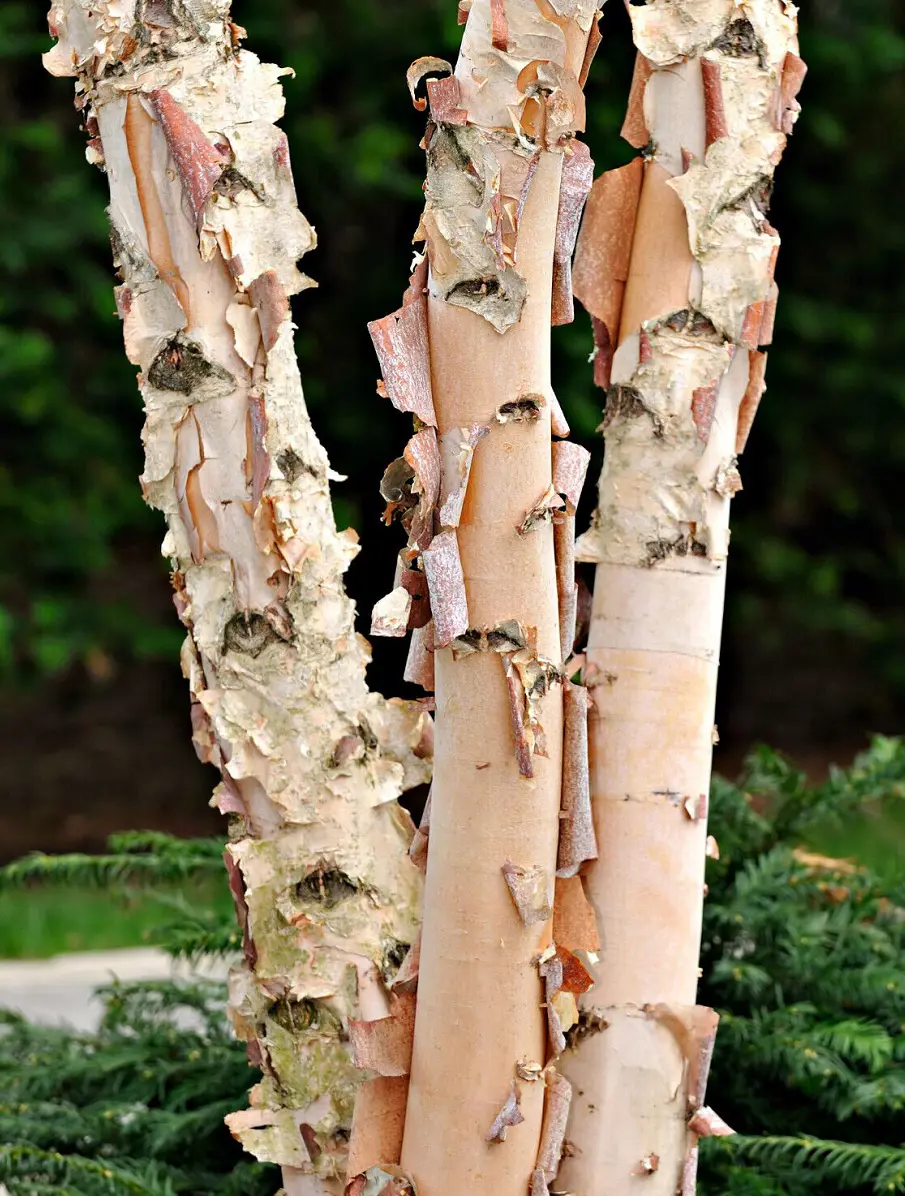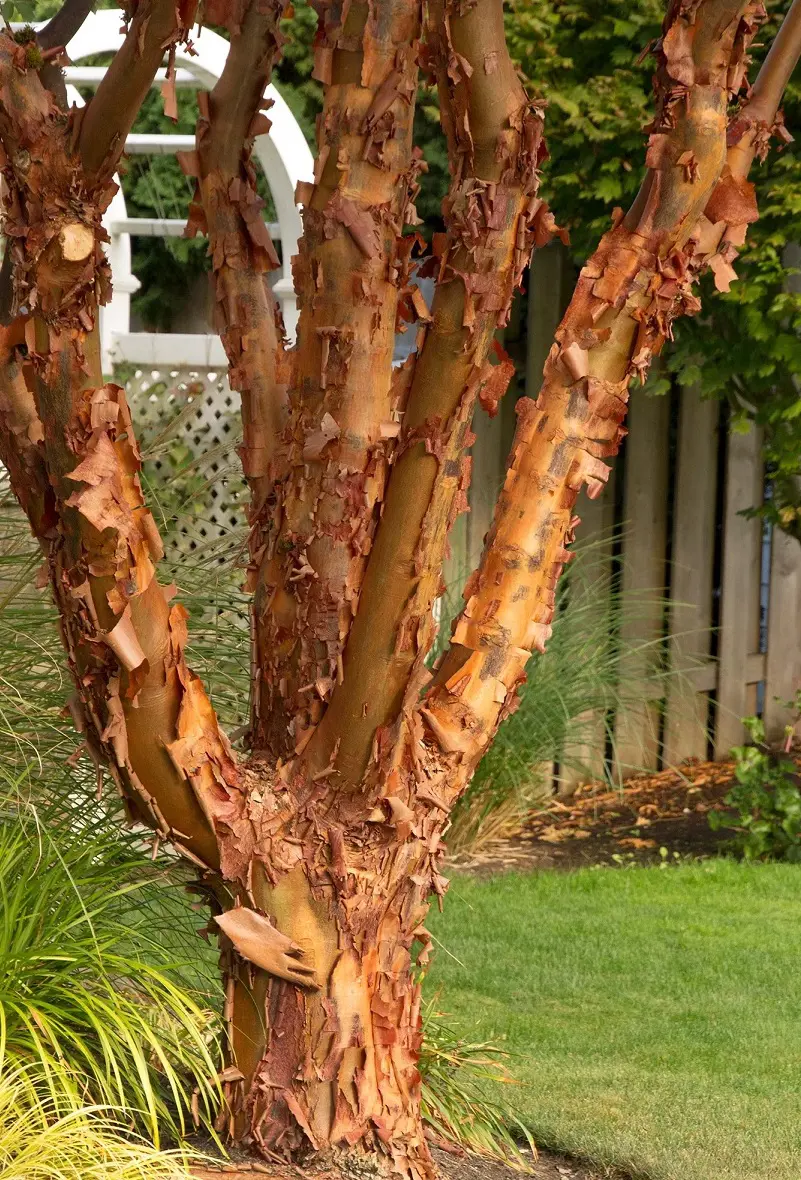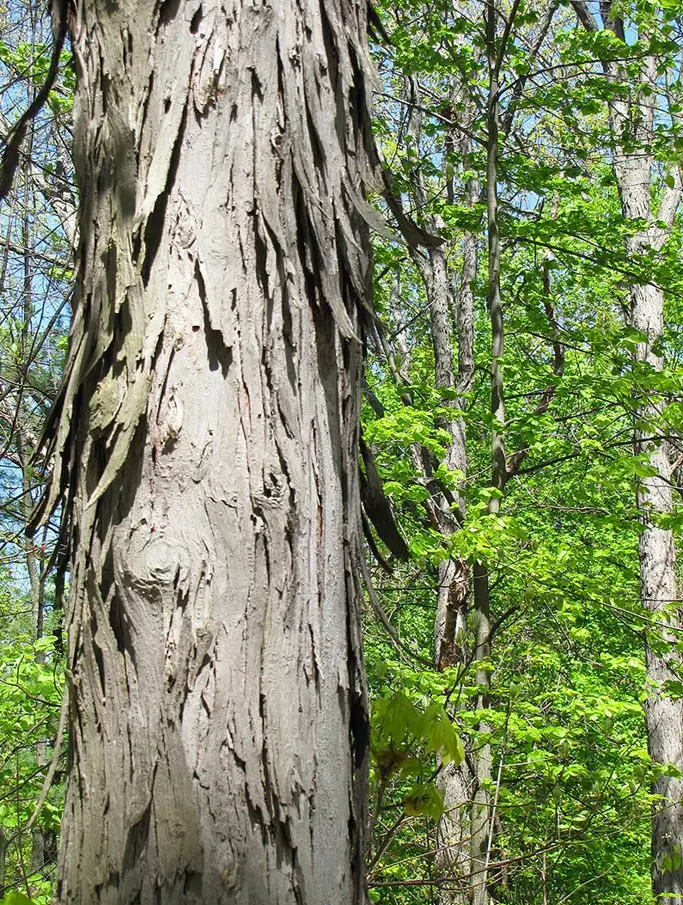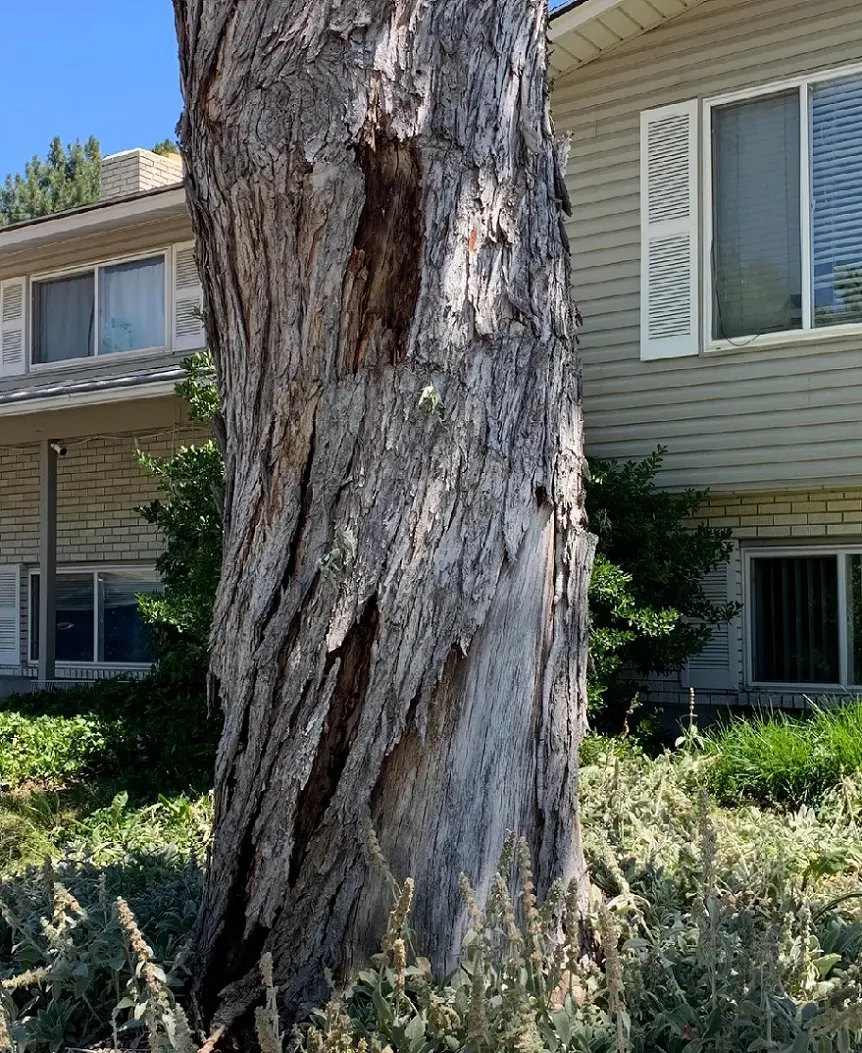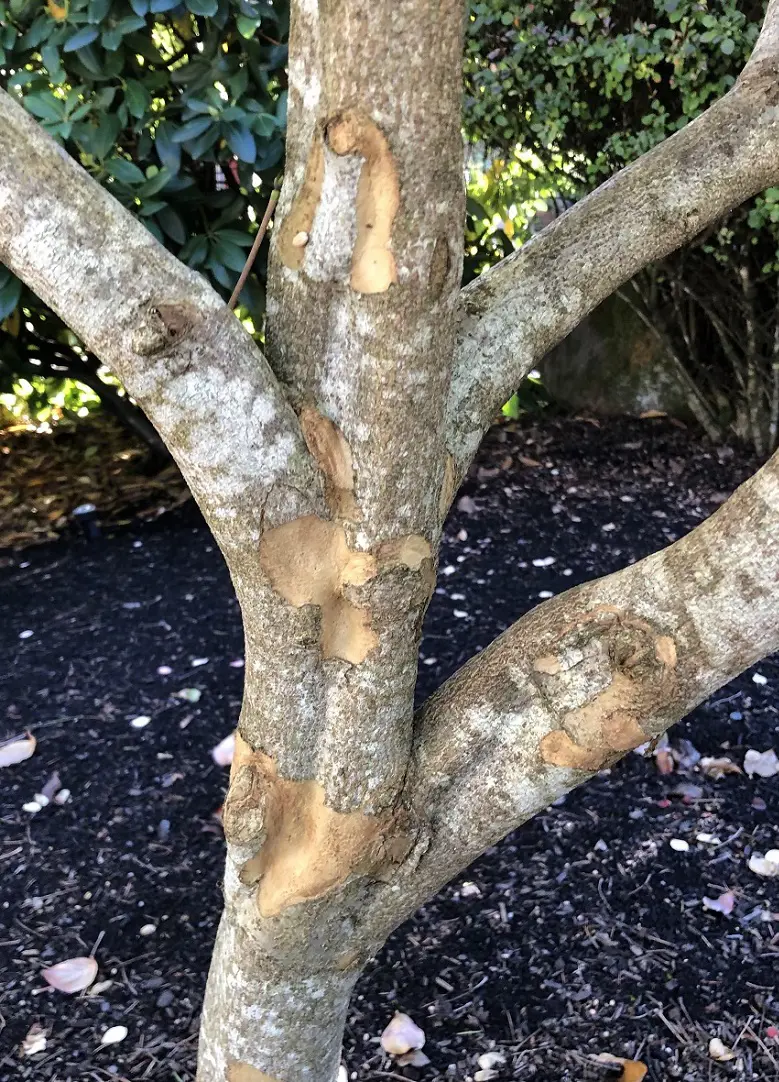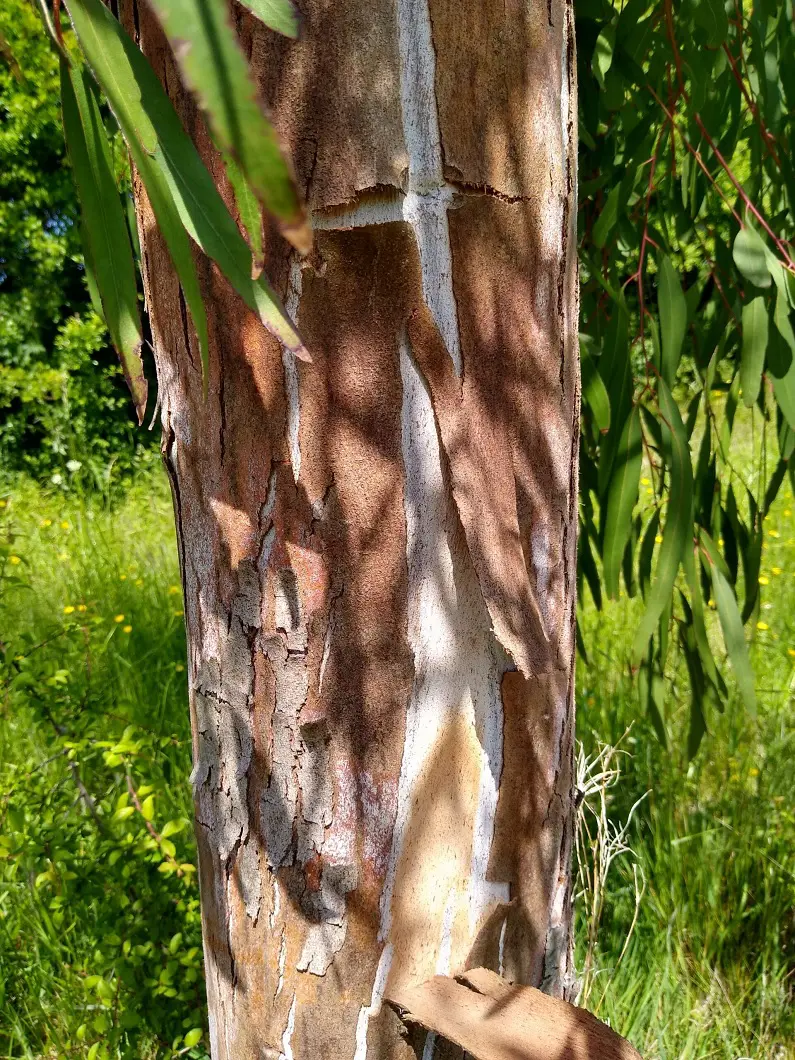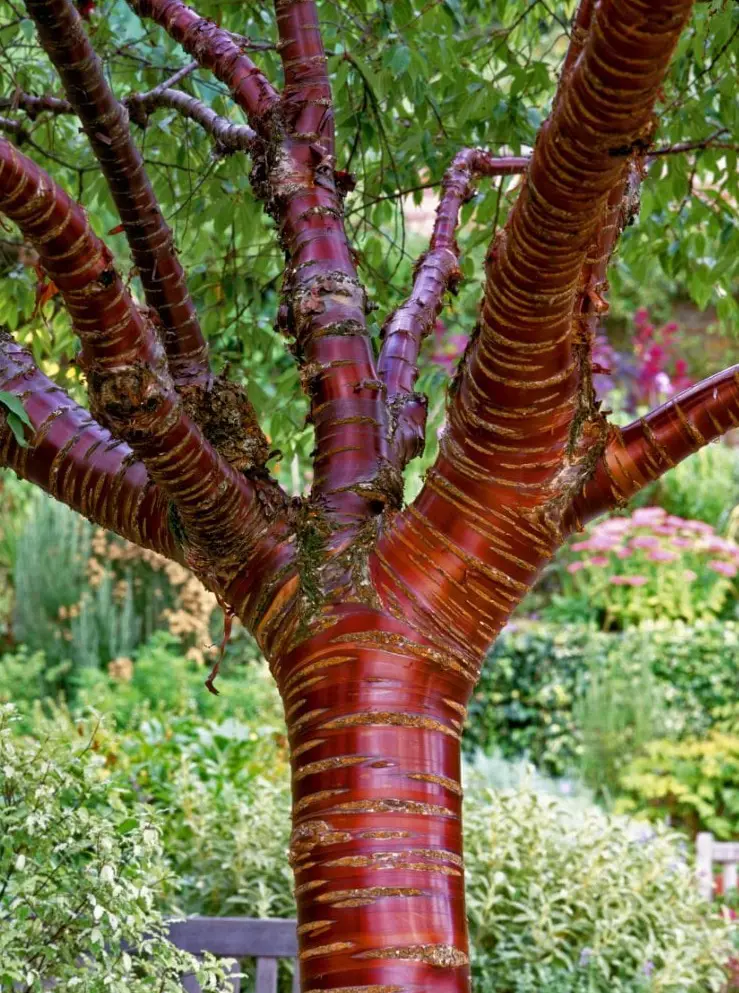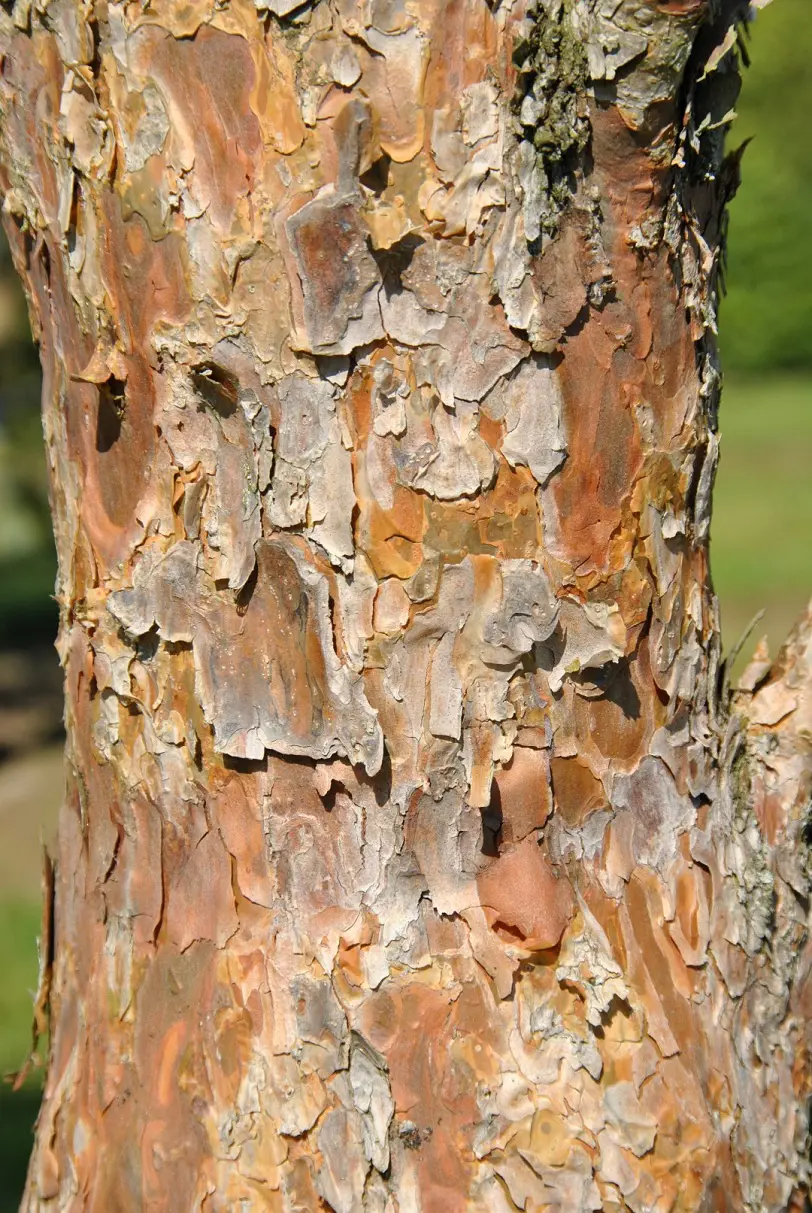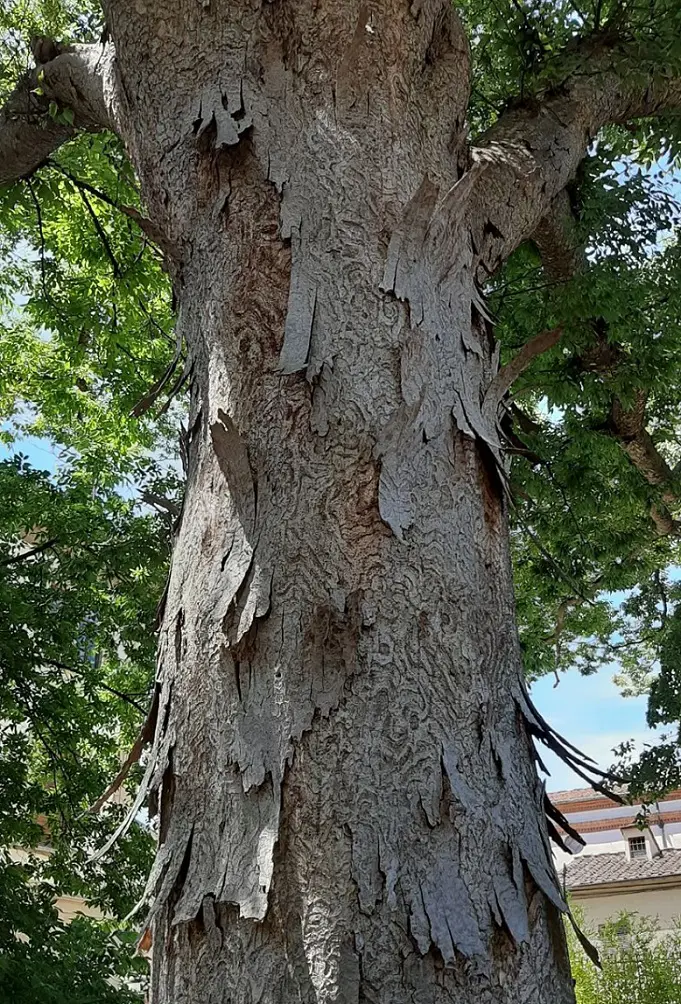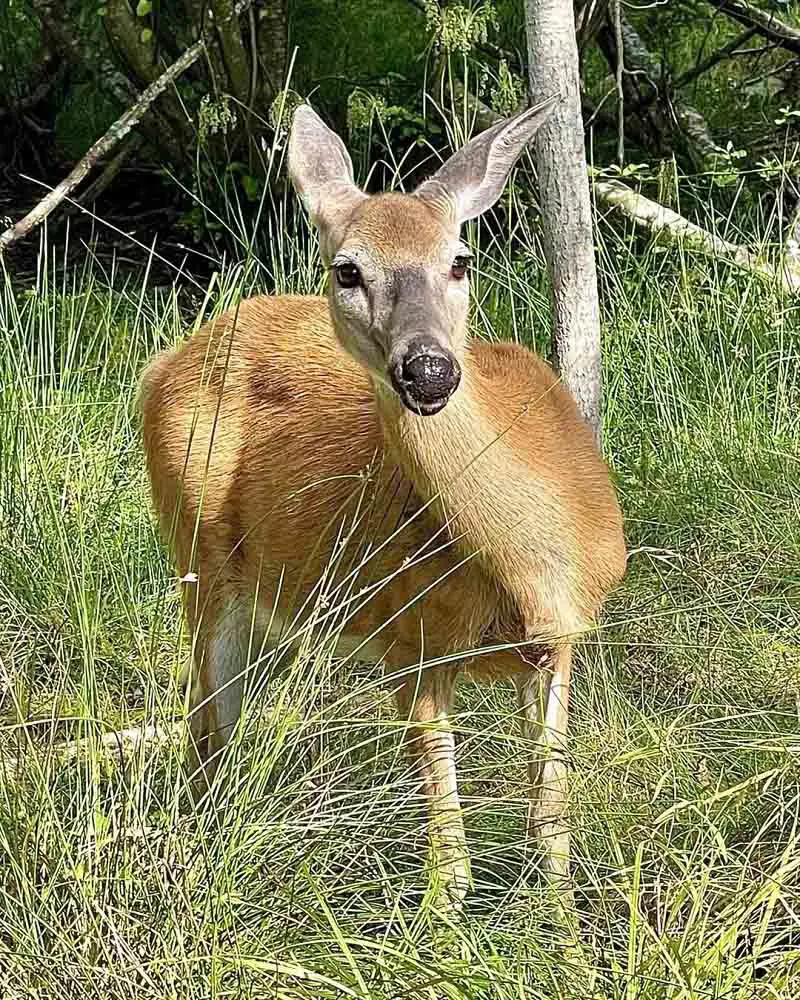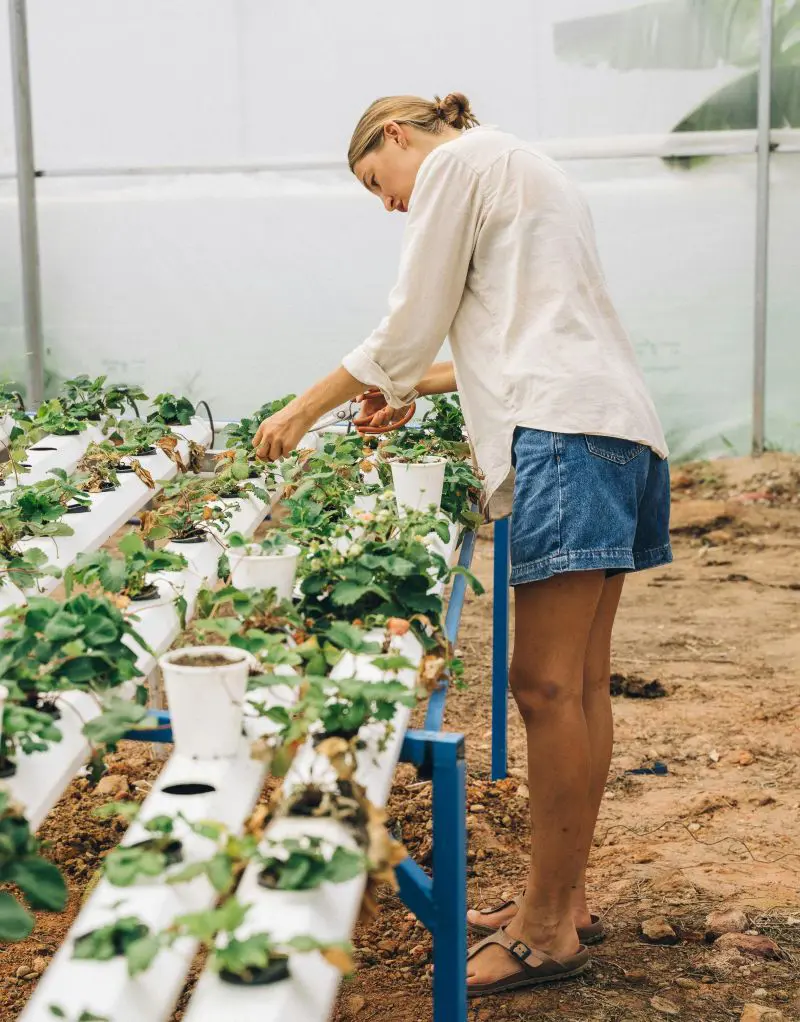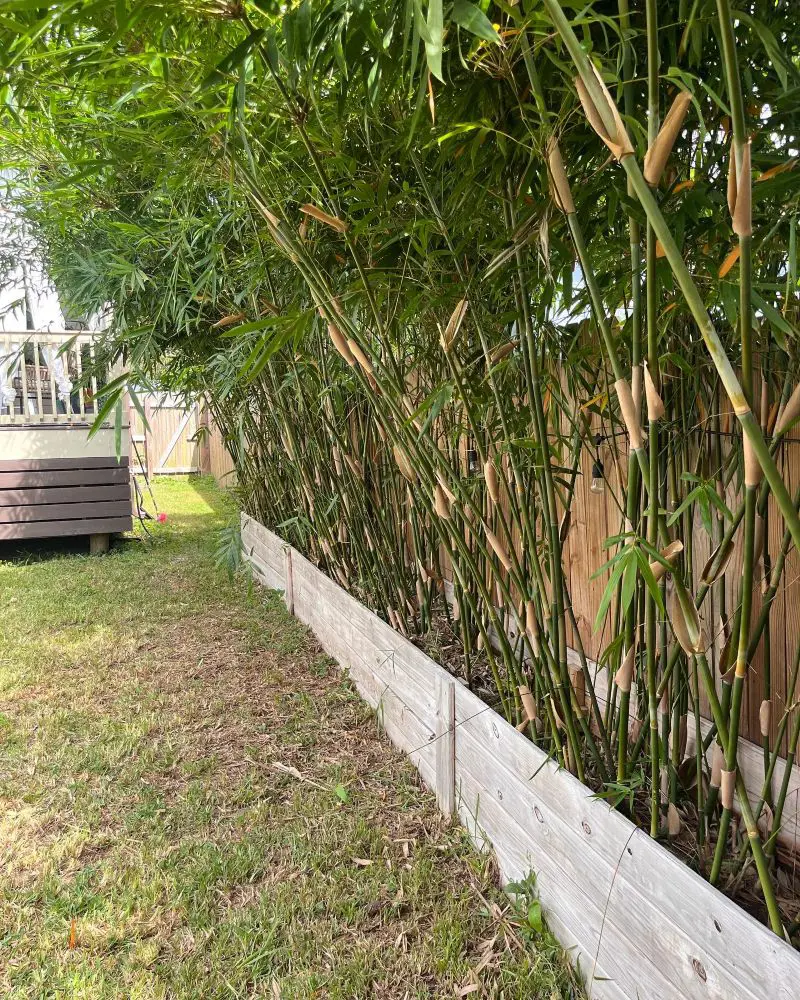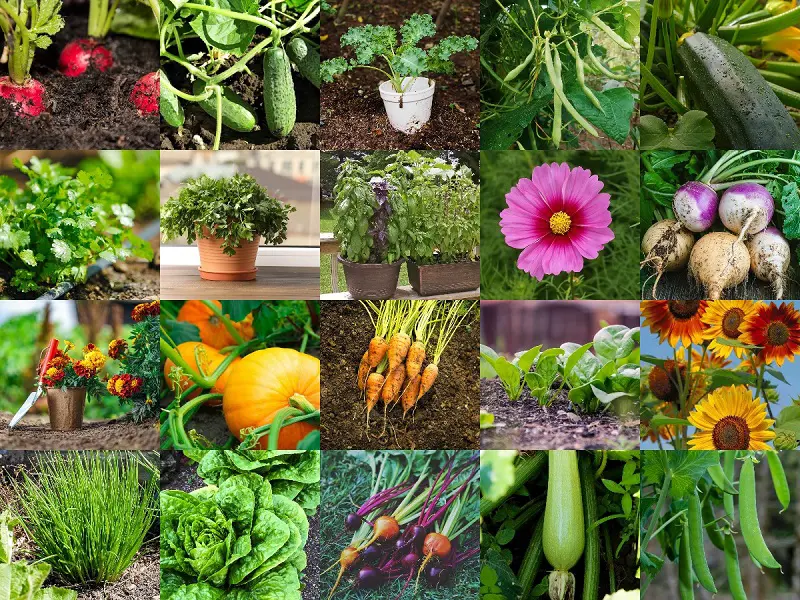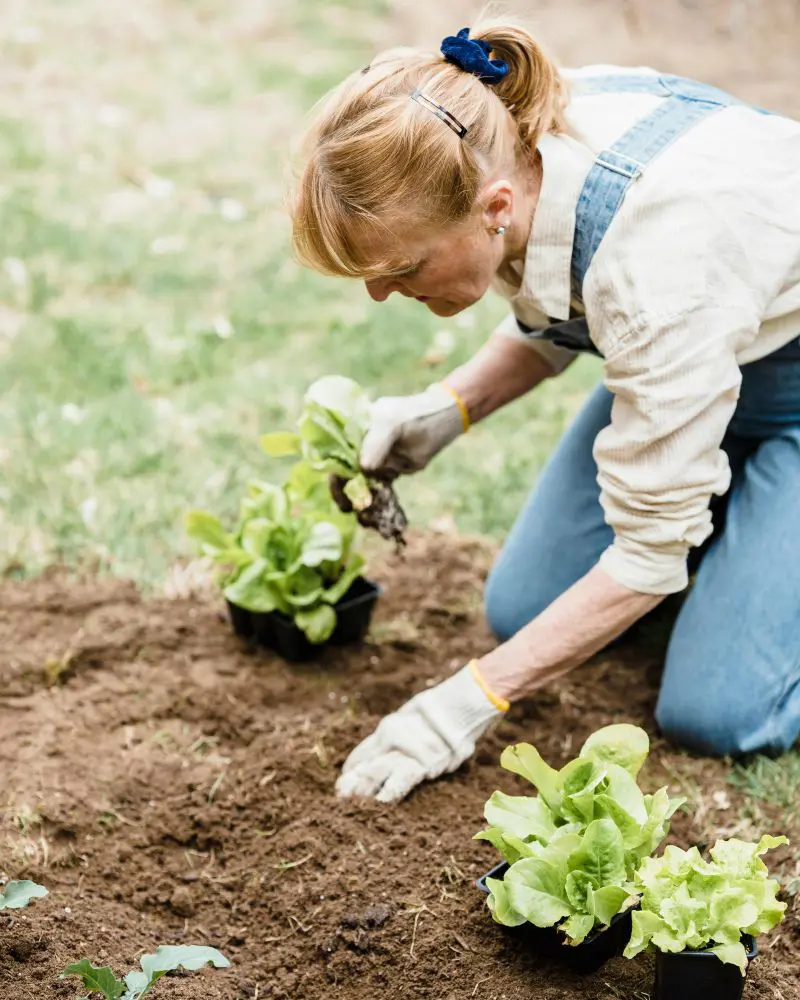Some of the tree species naturally shed their bark. Sometimes they might be because of diseases, pests, injury, etc.
Natural Growth
When the tree grows in height and width, the existing barks might not be able to accommodate it. Thus, as a part of the natural growing process, the bark falls giving way to a regrowth of new bark.
Pests
Although the falling of the bark of a tree because of pests is not very common, it can sometimes happen because of the stress these pests put on the plant. Sometimes, different pests like beetles, rodents, squirrels, porcupines, etc. can bore a hole or chew the bark of the tree, introducing diseases, feeding plant tissues, etc.
Weather
Sometimes the weather can affect the bark causing them to peel or flake. For instance, sunscalding can peel or crack the bark, and the bark might fall. Similarly, low temperature and frost can also crack the bark.
Mechanical Injury
Mechanical damage from humans can also lead to the peeling and flaking of bark. Pruning, lawnmowing, trimming, and other activities might lead to the falling of bark in some cases.
Diseases
Few diseases like fungal infections specifically affect the bark of the trees and cause it to decay. For instance, the canker disease can cause dead patches of bark which consequently peels off the bark away.
Environmental Stresses
Different environmental stresses like drought, soil compaction, inadequate drainage, etc. can peel the bark of trees. For example, when there is drought, the bark dries and cracks up, which will ultimately fall off.
Similarly, inadequate drainage can accumulate water in the soil causing oxygen deprivation in the roots. This will create an ideal environment for fungi to thrive.
